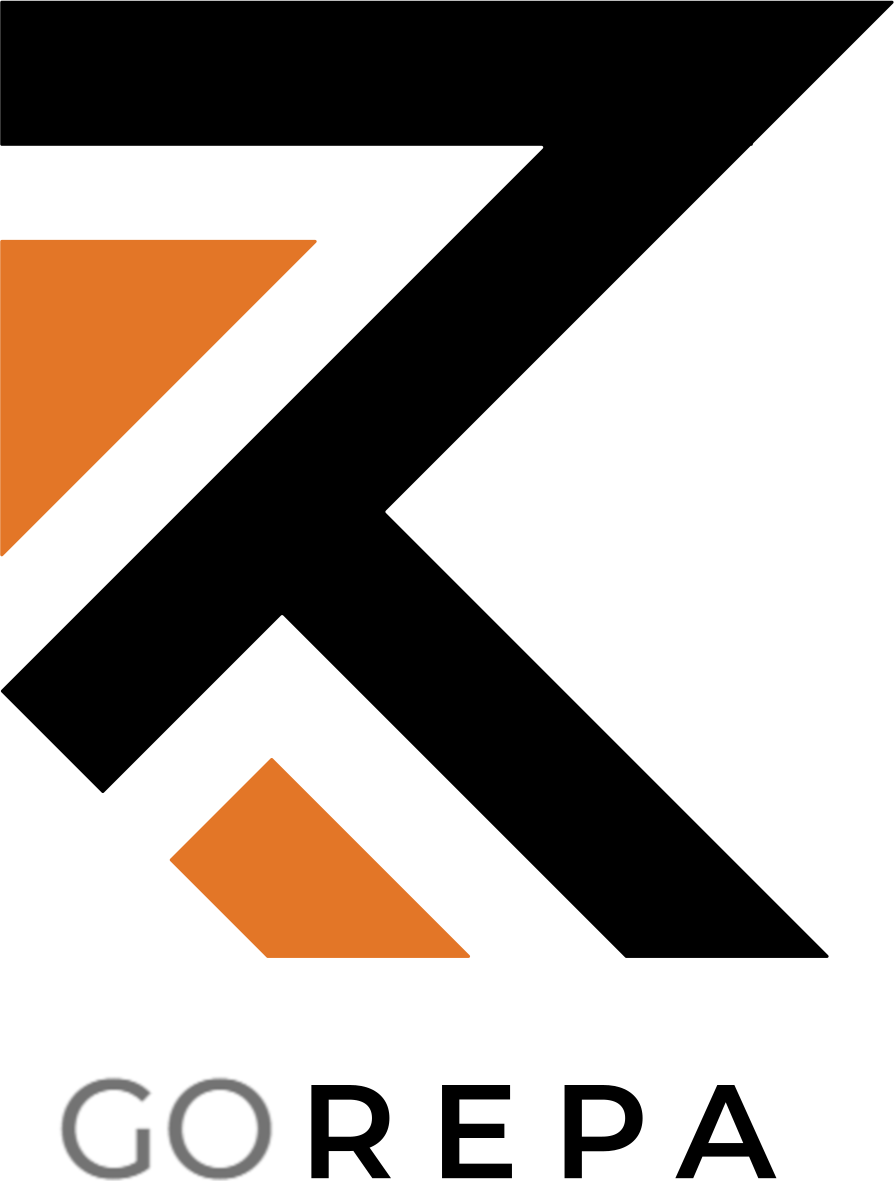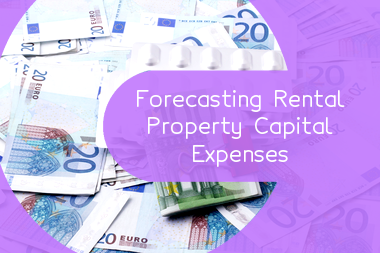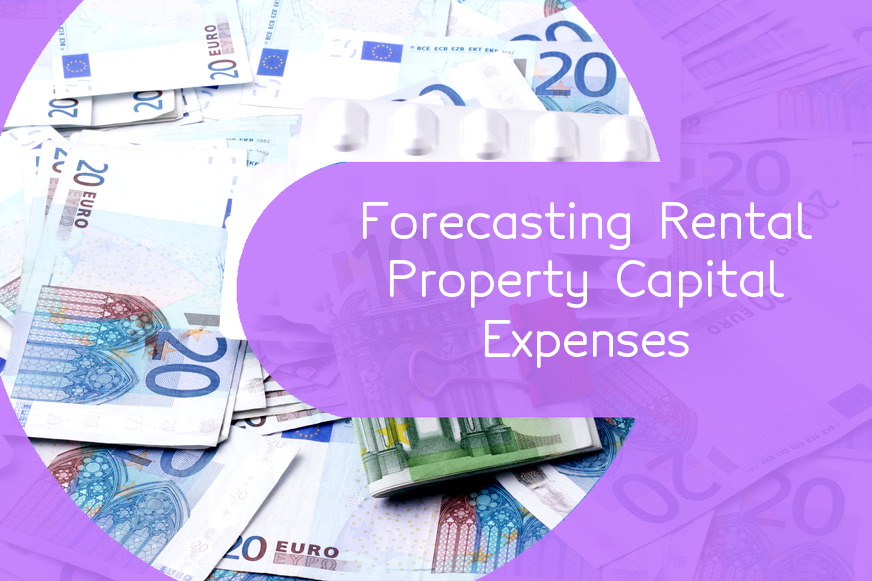I can provide you with steps in how you can accurately predict and budget for future CapEx expenses on your rental property:
- 1. Conduct a thorough inspection: To predict and budget for future CapEx expenses on your rental property, begin by conducting a comprehensive inspection of the property. Identify any areas that may need repair or replacement in the short-term and long-term. A walk-through of the property will give a clear understanding of any irregularities as well as any maintenance requirements.
- 2. Understand the age of the property: Knowing the age of the property is crucial information as older properties require more frequent maintenance and repairs. Review the history of repairs and maintenance schedules of the property to assist in understanding the frequency of repairs and maintenance needed in the future.
- 3. Build a list of upcoming repairs: After gathering all the information through inspection and maintenance schedules, build a comprehensive list of upcoming repairs and replacements, such as roof, HVAC systems, plumbing, electrical work, and other significant repairs.
- 4. Allocate a budget for each item: After preparing a list of upcoming repairs, allocate a budget for each item based on the priority and urgency of the repairs.
- 5. Research for cost estimates: Research for cost estimates can further assist in planning for each repair and replacement. Obtaining quotes from contractors will enable the landowner to estimate the exact cost of such work. It helps in refining the budget allocation.
- 6. Allocate a provision for unexpected expenses: Finally, allocate a separate provision for unexpected and unforeseen expenses, precisely the general wear and tear of the property, which may arise at any given time, and should be adequately addressed for its upkeep and maintenance. Planning for such expenses will reduce stress and provide flexibility in unforeseen cases.
By following these steps, a landowner can accurately predict and budget for future CapEx expenses on their rental property, thus avoiding unexpected expenses and maintaining an efficiently functioning property.
What are capital expenditures?
Capital expenditures (CAPEX) in real estate refer to the expenses incurred in the acquisition, improvement, and maintenance of real property or assets that have a useful life of more than one year.
These expenditures are used for long-term improvements to the property, such as new construction, renovation of existing structures, replacing the roof, upgrading the HVAC system, new landscaping, or adding a pool. Other examples of capital expenditures may include expenditures associated with the replacement of a major component or system such as elevators, pipes, or HVAC equipment.
Capital expenditures are not to be confused with the day-to-day expenses of maintaining a property such as repairs, painting, and cleaning, which are considered operational expenditures.
The purpose of making capital expenditures is to enhance the value of the property and attract tenants or buyers, leading to a higher return on investment in the long run. These expenses can depreciate over time, which can then lead to tax benefits for the property owner.
In summary, capital expenditures are a necessary part of maintaining and improving a real estate property's value over time, and when done correctly, they can lead to higher income and a healthier investment portfolio for the property owner.
What Is Net Operating Income (NOI) In Real Estate?
Net Operating Income (NOI) is a financial metric used in real estate investing to measure the profitability of an income-generating property. It is calculated by subtracting operating expenses from gross rental income. The resulting figure represents the profit earned by the property owner, exclusive of mortgage payments, income taxes or other extraneous expenses.
The equation to calculate Net Operating Income is:
NOI = Gross Rental Income Operating Expenses
Gross Rental Income (GRI) is the total income generated by the property, including rental income, tenant fees, parking fees, storage fees, and other ancillary sources of income. Operating Expenses (OPEX) are the costs associated with maintaining, operating, and managing the property, including property taxes, insurance, maintenance costs, utilities, management fees, and other expenses.
NOI is a vital measure for investors when evaluating real estate investments. It allows them to assess profitability before taking on other associated costs or considering any financing options. By pinpointing NOI, investors can calculate potential cash flows and determine if a property is a sound investment.
Additionally, NOI can be used to calculate other financial metrics, such as the capitalization rate (cap rate), which compares the property's expected income to its current market value, generally expressed as a percentage. Once these calculations are done, investors can use these metrics to evaluate investment opportunities across properties and compare their financial viability.
Overall, to understand how profitable and sound an investment is, the NOI should be considered alongside other financial metrics, like cap rate, potential ROI, and cash flows. It's important to note that a higher NOI typically indicates greater profitability, but this alone does not guarantee a sound investment. Therefore, its crucial to perform an in-depth analysis of all the relevant financial metrics and carefully evaluate all factors before making a real estate investment decision.
How To Calculate The Square Footage Of A Home
Calculating the square footage of a home is a straightforward process that requires a few simple measurements. Here are the steps to follow:
- 1Identify all the living spaces in the home that need to be measured. This may include bedrooms, bathrooms, living rooms, kitchens, hallways, and any other rooms or areas that are part of the living space.
- 2Measure the length and width of each room or area. Use a measuring tape or laser distance measurer to measure the length and width of each room or area. Measure from wall to wall, and round up to the nearest inch.
- 3Multiply the length and width of each room or area to calculate the total square footage for that space. For example, if a room is 12 feet long by 10 feet wide, the total square footage would be 120 square feet.
- 4Add up the total square footage for all the living spaces in the home to get the total square footage of the home. This will give you the overall size of the home in terms of square footage.
- 5Don't forget to include any finished or unfinished areas such as basements or attics that may also contribute to the total square footage.
- 6You may also need to subtract any spaces that cannot be included as living areas, like garages, storage sheds, and other outbuildings.
- 7Once you have calculated the square footage of the home, you can use it to determine things like the cost to replace flooring, heating and cooling requirements and even your property taxes.
In summary, calculating the square footage of a home involves measuring each living space in the home, multiplying the length and width of each space, and adding up the total square footage of each living area to get the overall size of the home in square feet.
How To Calculate ROI On A Rental Property
To calculate ROI (Return on Investment) on a rental property, you need to consider several factors. Here are the steps to calculate ROI on a rental property:
- Step 1: Determine the Property's Net Income
Net Income is the income generated by the property after all expenses.
Net Income = Gross Income - Operating Expenses
Gross Income: The total amount of rental income received from the property.
Operating Expenses: All expenses incurred in running the property, including property taxes, insurance, repairs and maintenance, utilities, property management fees, and any other expenses directly related to the management and maintenance of the property.
- Step 2: Determine the Property Value
The property's value can be determined in several ways, such as appraisals, market analysis, and comparing it with other similar properties in the area.
- Step 3: Calculate the ROI
ROI is the percentage return on investment earned over a particular period.
ROI = (Net Income / Property Value) x 100
For example:
- Net Income = $20,000
- Property Value = $200,000
ROI = (20,000 / 200,000) x 100 = 10%
This calculation shows that the property's ROI is 10%. It indicates that the property generates 10% return on the investment made.
- Step 4: Consider Additional Factors
To make an accurate calculation, it's essential to consider additional factors that may impact ROI, such as taxes, depreciation, appreciation, and financing costs.
Taxes: Be sure to factor in property taxes and any other taxes that may apply.
Depreciation: You can depreciate the property value over time. Depreciation can offset your income, which reduces the amount owed in taxes.
Appreciation: The property's value can increase over time, which can increase the ROI.
Financing Costs: The costs of financing the property can impact the ROI. This includes mortgage payments, interest rates, and any other financing fees.
To conclude, calculating ROI on a rental property requires careful consideration of several factors. By analyzing and comparing the input variables, investors can make informed decisions about their investment strategy and maximize their rental property returns.
The problem with estimating CapEx
Real estate investment entails incurring capital expenditures (CapEx) that are essential in maintaining and increasing the property's value. CapEx can be defined as capital expenditures, which investors, developers, or owners incur to upgrade, repair, or expend a real estate property. These expenditures can be major repairs, such as the replacement of the roof or foundation of a building or improvements like adding amenities or upgrading technology. Properly estimating CapEx is critical for investors; it helps them determine the total cost of owning and operating a property. Unfortunately, several challenges come with estimating CapEx in real estate.
- 1Age and Condition of the Property: The age and condition of a property are significant factors to predict CapEx. Old property may require major repairs like foundation, plumbing, HVAC, or electrical system. On the other hand, their modern counterpart may require little to no maintenance in the foreseeable future. Estimating CapEx based on the property's age might be challenging since recent upgrades may reduce the depreciation of the property and the CapEx estimation.
- 2Unexpected Repairs: CapEx estimation is based on projected costs; hence it can't fully consider unexpected repairs. Damage resulting from unexpected events like storms, fires, or floods can lead to significant costs not accounted for in the initial estimate.
- 3Legal and Regulatory Compliance: Legal and regulatory compliance can introduce unanticipated CapEx costs. For instance, local, or federal law could require upgrades of safety equipment, environmental remediation, or building code requirements. These costs might vary or change often, making it challenging to estimate CapEx accurately.
- 4Unforeseeable Changes in Market Demands: Unforeseeable changes in market demand can quickly change a property's CapEx. When trends shift, a property may require a fundamental upgrade, modernization, or additional amenities to attract or retain tenants to justify higher rents. Such improvement may exceed the initial CapEx estimation, leading to unexpected costs and lower overall ROI.
- 5Poorly Executed Data: Poorly executed data can impact a property's CapEx estimation significantly. Poor management practices, inadequate record-keeping, and lack of regular maintenance can lead to underestimation or overestimation of CapEx. It's also crucial to account for the geographic location, utility and insurance costs, and other factors that can affect CapEx.
In conclusion, investing in real estate entails incurring significant CapEx costs. Estimating CapEx can be tasking when major unforeseen expenses or regulatory/legal changes come into play. Proper consideration of age, condition, trends, and required upgrades are crucial when estimating CapEx, alongside a comprehensive record-keeping system and adequate risk management protocols.
Just one more thing: if you liked the article, please like us on social media and share this article with friends.



